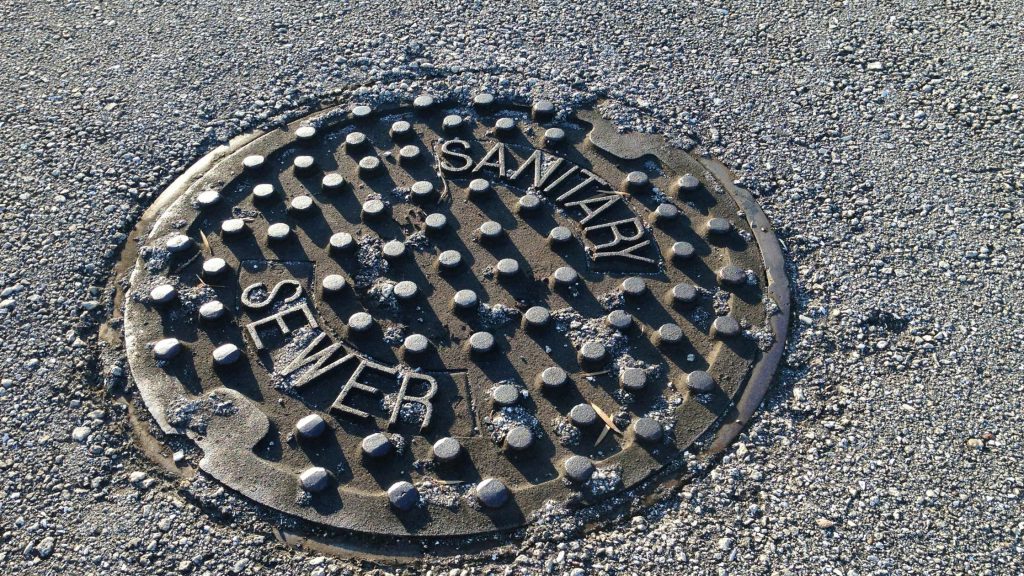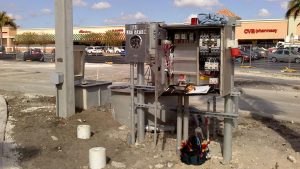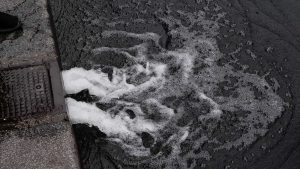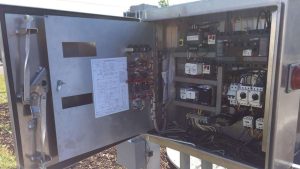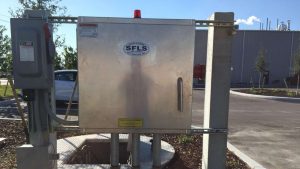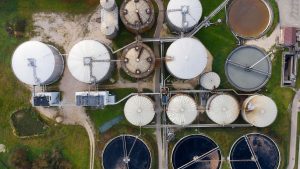Picture a bustling cityscape where technology drives innovation, yet a simple, age-old force quietly manages wastewater: gravity. You’re likely familiar with the concept of gravity, but how does it seamlessly operate an entire sewer system?
These systems use sloped pipes to harness nature’s pull, transporting sewage efficiently without pumps. Understanding gravity sewers’ components and design details can reveal why they’re integral to urban infrastructure. But what happens when terrain challenges arise, and are there viable alternatives?
Explore the intricacies that make gravity sewers a cornerstone of sustainable city planning.
Understanding Gravity Sewer Systems
Gravity sewer systems are crucial infrastructure components that transport wastewater using the natural force of gravity. As you learn about these systems, you’ll discover that gravity flow plays a pivotal role in efficiently moving wastewater toward treatment facilities.
Urban planning integrates sewer infrastructure to ensure that gravity does the heavy lifting, reducing energy costs and promoting sustainability. It’s essential to consider the environmental impact of these systems, as they minimize pollution risks by directing wastewater to treatment plants before discharge.
Components and Design Details
When exploring gravity sewer systems’ components and design details, you’ll discover how each element plays a critical role in ensuring efficient wastewater transport.
Choosing the right pipe materials, like PVC or concrete, is essential for durability and performance. The slope gradient is crucial, as it determines the natural flow rates needed to keep wastewater moving smoothly.
Maintenance access, provided by strategically placed utility maintenance holes, allows for easy inspections and cleaning, preventing blockages.
Keep in mind that excavation costs can be significant. Deep digging is necessary to maintain the necessary downhill gradient.
Types of Sewer Lines
Understanding the components and design details of gravity sewer systems lays the groundwork for exploring the various types of sewer lines.
You’ll encounter a range of sewer line types that cater to different wastewater characteristics. Conventional systems are the most common, featuring main lines branching into secondary and tertiary lines. These systems typically separate black water containing fecal matter and pathogens from grey water sourced from sinks and washing machines. Each type has its own contamination levels.
Meanwhile, combined systems mix black and grey water with stormwater, requiring careful management to handle increased flow during heavy rains.
Another variant is Small-Diameter Gravity Sewer Systems (SDGSs), which use smaller pipes and less excavation. Thus, they are cost-effective solutions.
Operational Considerations
Operational factors are crucial to the performance and efficiency of gravity sewer systems. Understanding flow dynamics is essential for ensuring wastewater moves smoothly and preventing issues related to sediment transport.
Here are some key operational considerations:
1. Hydraulic Calculations: You should perform precise hydraulic calculations to determine the appropriate slope and diameter for pipes, ensuring optimal flow rates and self-cleansing velocity.
2. Pipe Materials: Selecting the right pipe materials, such as PVC or concrete, impacts the system’s durability and resistance to corrosion, directly influencing long-term performance.
3. Maintenance Challenges: Regular maintenance is crucial to address blockages and wear, which can arise due to improper sediment transport or pipe defects.
Proactive upkeep can mitigate these challenges and extend the system’s lifespan.
Influence on Sewer Performance
Sewer performance regularly hinges on several interrelated factors that determine the efficiency and reliability of the system.
You need to consider flow dynamics, which ensure wastewater moves smoothly to prevent blockages. Pay attention to sediment transport, as it influences the buildup of solids, affecting the overall flow.
A well-thought-out hydraulic design is crucial, allowing the system to maintain proper slopes and velocities for optimal performance. System efficiency can be compromised if these elements aren’t aligned.
Don’t overlook environmental factors, like temperature and rainfall, as they can impact the sewer’s functionality.
To maintain a high-performing gravity sewer, you must balance all these aspects, ensuring the system is designed and managed to effectively accommodate natural and urban influences.
Alternatives to Gravity Sewers
When gravity alone can’t efficiently transport wastewater, consider alternatives like pressure, vacuum, and force main sewers.
These systems provide viable options for transporting sewage in challenging terrains or urban settings where traditional gravity sewers fall short.
Here’s how they work:
1. Pressure Sewer Systems: Use pumps to move wastewater through small-diameter pipes, ideal for hilly terrains. Regular sewer pump maintenance ensures optimal operation.
2. Vacuum Sewer Technology: Employs differential pressure to transport sewage. It’s effective in flat areas or where excavation is limited.
3. Force Main Design: Uses pumps to push wastewater uphill or over long distances. These systems are crucial in topographically challenging areas and demand regular inspection.
Exploring wastewater treatment alternatives can offer efficient solutions tailored to your specific needs.
Maintenance and Inspection Needs
Regular maintenance and inspections are essential to ensure your gravity sewer system operates smoothly. Implementing preventive maintenance helps avoid costly repairs and ensures pipeline longevity.
Start by developing a maintenance scheduling plan that outlines routine checks. Inspection techniques like CCTV cameras and smoke testing should be used to identify potential issues early on. These methods help in blockage prevention by detecting debris accumulation or structural defects before they escalate into serious problems.
Regularly inspect utility maintenance holes for quick access to the system. Addressing small problems promptly prevents large-scale disruptions and extends the life of your sewer system.
Regulatory Guidelines and Resources
Amid evolving environmental standards, it’s crucial to understand the regulatory guidelines shaping gravity sewer systems. Ensuring regulatory compliance involves adhering to both design standards and environmental regulations. To ensure efficient and legal operations, you must consider various elements like sewer discharge permits and maintenance protocols.
Here’s what you need to focus on:
1. Design Standards: Follow local codes, such as those in North Carolina and Mendocino City, California, which specify criteria like slope gradient and velocity using the Mannings equation.
2. Environmental Regulations: The California State Water Resources Control Board has new discharge requirements effective since June 2023.
3. Maintenance Protocols: Regular inspections and adherence to prescribed maintenance routines are essential for system longevity and performance.
South Florida Lift Station: Elevating Waste Management Solutions
In urban infrastructure, gravity sewer systems stand as a testament to engineering prowess, ensuring waste is managed with efficiency and safety. Yet, even the most robust systems require expert care and innovation to maintain their optimal functionality.
This is where South Florida Lift Station excels, offering unparalleled expertise in lift station services. With a commitment to sustainability, energy efficiency, and public health, their team ensures that your sewer systems operate seamlessly.
By leveraging cutting-edge technology and adhering to rigorous regulatory standards, South Florida Lift Station not only enhances the performance of your infrastructure but also provides peace of mind.
Trust in their proficiency to elevate your waste management solutions, ensuring a cleaner, safer environment for all.

